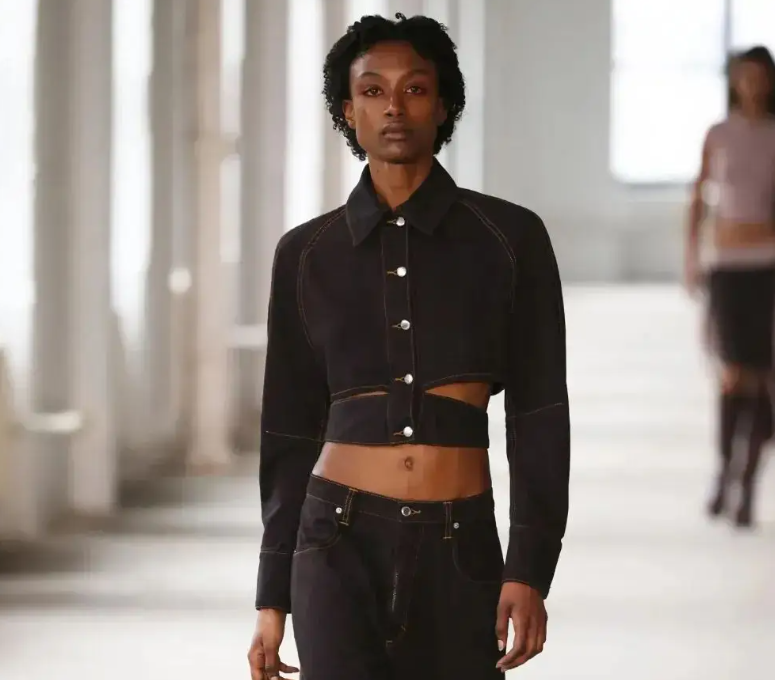
The makers of the raucous Seattle Sound inadvertently contributed grunge to the world, not expecting or expecting what they represented to appear on the runway. But in any case, fashion on the road to popularity has gone forever.
The story of grunge and the runway has to start all over again. In the late 1980s, grunge rock, the raucous "Seattle Sound," was born in the Pacific Northwest.
Rebellious musicians and die-hard fans didn't expect or want what they represented on the catwalk, but the grunge style of dressing has inadvertently spread around the world.
The genre, which became "popular" in the early '90s, was originally born out of the punk rock and heavy metal scene in and around rainy Seattle, outside the mainstream.
Touring bands in the 1980s mostly refused to play in the region, going as far as San Francisco, more than 800 kilometers to the south.
At the time, the unnameable crackling music was already at the top of the local rock scene, and it was still quite a while before middle-class teenagers in New York and Tokyo wore baggy NevermindT-shirts.
The original grunge bands Mudhoney, Green River, Nirvana, Pearl Jam and Soundgarden were humorous (a mix of funky and silly) and intelligent, but were later branded as nihilistic by the mainstream media. It's a sign that most of the world missed the point -- that the music at the center of this movement started out as something of an inside joke between Seattle bands who deliberately used three or fewer chords in their songs and sang about being sick, Mudhoney's Mark Arm was also featured in Doug Pray's 1996 documentary Hype! Zhong explained this with a deadpan face.
For early audiences (mainly local players), watching grunge bands play with energy was the ultimate antidote to the banality of suburban life.
So the question is: how did it become "trendy"?
Although the grunge "uniform" had been commoditized on a massive scale, the clothes bands wore on and off stage were actually common in Seattle at the time - if a little "stale."
Soon, as the record label Sub Pop popularized the underground music scene, baggy T-shirts and long-cut jeans became popular, and grunge became a symbol of social change in the United States, reflecting the rush to abandon the realistic dreams of the '80s.
Kurt Cobain's first public performance of "Smells Like Teen Spirit" shows the Washington native wearing an unassuming flannel shirt over an equally unassuming T-shirt and standard lumberjack garb.
His hair was red at the time, at least under the club lights.
When Nirvana released her second album, Nevermind, in the fall of 1991, the fashion world jumped on the bandwagon.
The following year, grunge's layered style appeared on the Calvin Klein runway, performed by 18-year-old Kate Moss.
Soon plaid, layover and cuts that reflected suburban frugality (including shrunk-down baby dresses and vintage dresses) dominated the runways at New York Fashion Week.
In fashion, as in music, the winds are changing.
Later, Marc Jacobs created a spring/Summer '93 collection for American sportswear brand Perry Ellis that paid homage to grunge.
In less than 30 minutes, Jacobs takes haute couture off its pedestal and gives a down-to-earth nod to the growing global youth movement.
We take a look at some of the best runway moments to see how high fashion can interpret grunge's forthrightness and rebellion.

